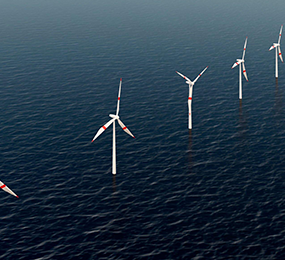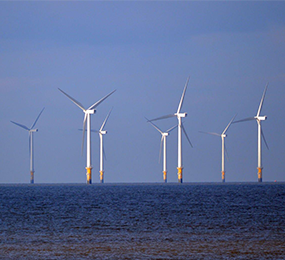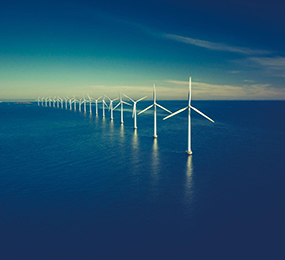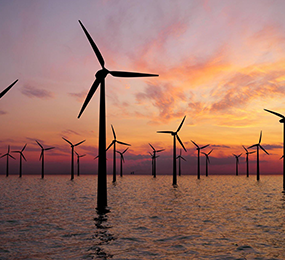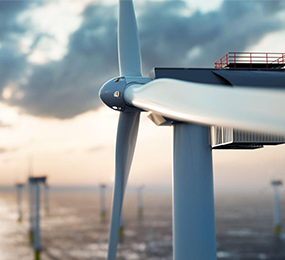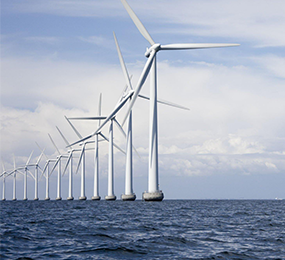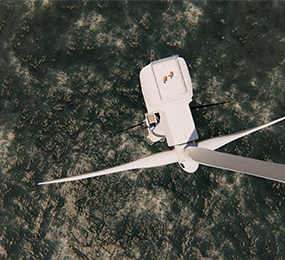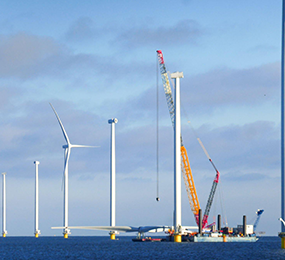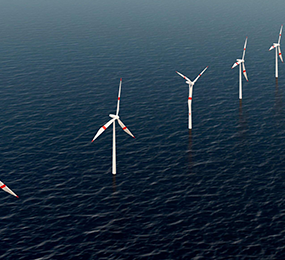Accelerating the development of commercial scale floating offshore wind
Recognizing Floating offshore wind's potential
To achieve net zero energy by 2050, governments and institutions must develop wind power at three times the present rate during the next decade, generating 180 GW of additional wind energy per year. Onshore and offshore wind growth is urgently needed to assist meet these objectives. Onshore wind has demonstrated its worth, accounting for 80% of new wind installations in 2020.
However, in order to advance the sector at the required rate, an increasing emphasis is being placed on floating offshore wind development. Floating offshore wind, in particular, will spur expansion and show to be a more realistic choice for places that require deeper sea installations.
Indeed, offshore wind offers the greatest potential for expansion of any renewable energy technology, but a number of elements, particularly the governmental environment, must change swiftly for the industry to realize this promise.
Removing regulatory and infrastructural impediments
Complex and onerous procurement regulations frequently stymie the development of floating offshore wind projects. A clear regulatory framework that promotes the development, construction, and operation of commercial offshore wind projects is a critical prerequisite for greater acceptance.
A free market structure in which developers actively examine possible sites before independently applying for and being granted a permit is the most effective approach to enable the sector to accelerate at the rate required to attain net zero.
Increasing the rate of adoption
Wind acceleration is critical if we are to meet climate targets and build global independence from fossil fuels. It will also assist to protect against the present high electricity prices.
However, there are still too many obstacles to the practical deployment of this technology. The problem is that the climate objectives stated at the national and international levels do not adequately account for the adjustments necessary at the local level. Meanwhile, regional policy is being outpaced by innovation.
To solve these issues and quickly integrate wind technology, we must continue to educate and involve key stakeholders, ranging from politicians, institutions, and administrations to local communities, so that they grasp the enormous opportunity that a shift to renewables provides.
The market has reached maturity.
Wind power has solidified its place as a key driver of the clean energy transition as a result of ongoing technology advancements and increasing capacity factors.
Historically, measures such as feed-in tariffs, which are meant to encourage investment in renewable energy, have played a significant role in propelling the wind sector ahead.
However, as the market matured over time, with increasing competition and lowering prices, subsidies were eliminated, and we are now at a point where wind-generated power can be delivered at grid parity.
Not only has a consistent drop in costs helped wind energy become more popular, but fast technical innovation has also bolstered the sector.
Visit our website to know more: https://bit.ly/3WI81v2
Register for the forum and also add a schedule to your calendar.
For more information and group participation, contact us: [email protected]
Leadvent Group - Industry Leading Events for Business Leaders!


